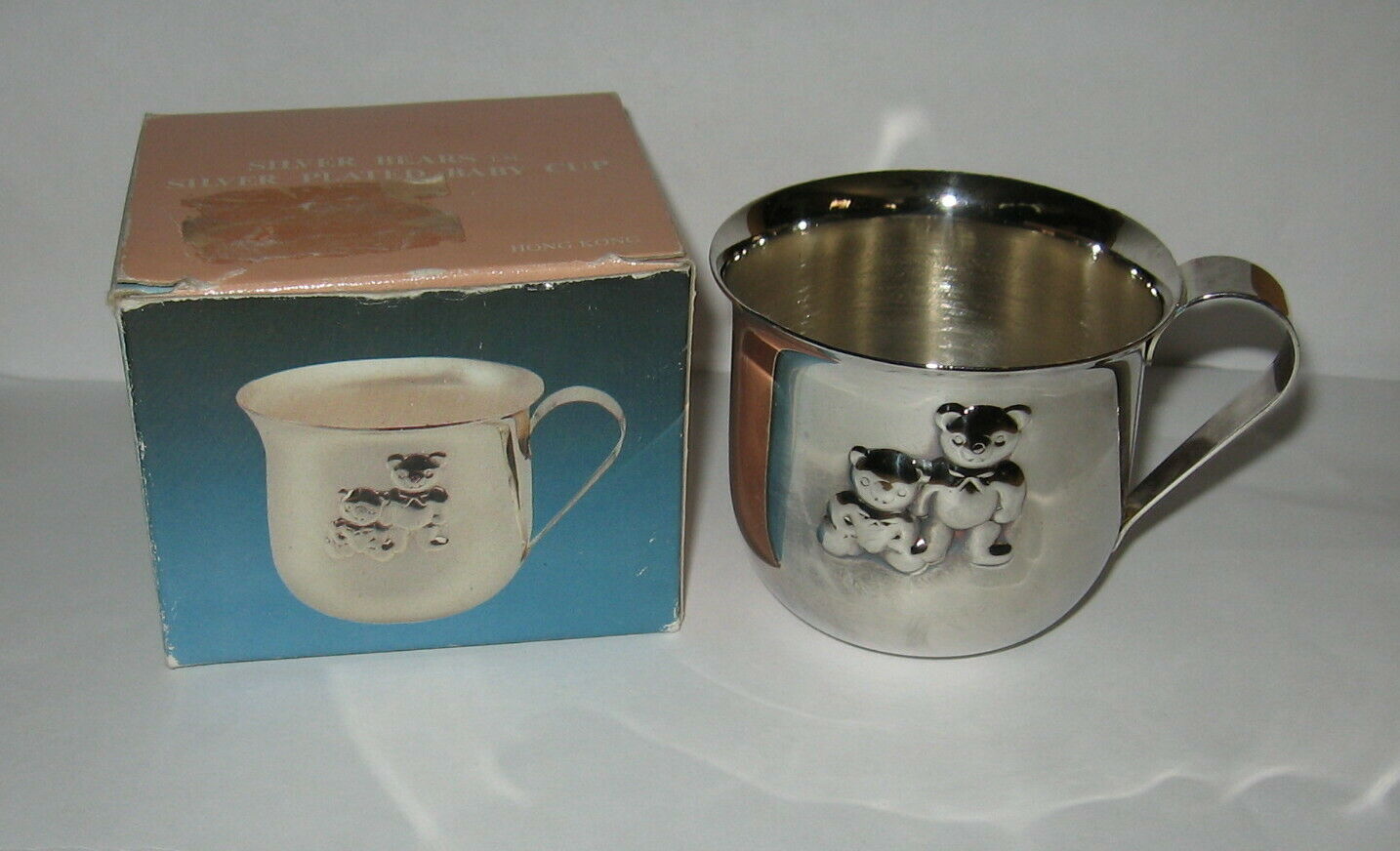-40%
Vintage, Silver-plated, presentation cup, "RMS Viceroy of India," fm England.
$ 4.75
- Description
- Size Guide
Description
This auction is for a single, Silver Plated, presentation cup awarded to (or bought by) passengers on the RMS "Viceroy of India" in the 1920s & 30s. The only inscription under the base says "EPNS, Made in England" (Electro-plated Nickel Steel). Not sure of the exact date of manufacture, but since the ship was put into service in 1929, and later sunk during WW-2 in 1942, it has to be prior to 1939 (when WW2 started). It has been been in our family since this time, ie. over 75 years - so "vintage" is probably the most accurate description. The cup is 5" tall (including base) with a 2" diameter mouth.Downsizing and moving so sadly, things have to go!
The cup has minor tarnishing but is otherwise in good condition. The enamel badge (of the ship) is not chipped or damaged and the interior is very clean. The "Bakelite" base unit is undamaged but has dulled with age.
This would definitely suit a collector of Nautical memorabilia. The RMS "Viceroy of India" has an interesting history. She was commissioned by the Peninsula and Orient Steam Navigation Company (P&O), to operate on the Indian Mail route between London Docks and Bombay. She was a steamship with conventional boilers but rather unusually, these provided steam for turbo generators to produce electricity. Her propellers were actually driven by electric motors powered by this electricity - a system known as Turbo-Electric drive - which was also used to power some pre WW2 U.S. Battleships. The advantages of this system were greater redundancy, economy and the use of less space. It was however more complex and the advent of cheap, reliable reduction gears to improve the economy of standard turbines put an end to these ideas. She was a ship of 19,648 tons and carried up to 600 passengers in first and second classes. She plied the India route for a decade until 1939.
When the war came, she was requisitioned to serve as a troopship, and was torpedoed and sunk off North Africa in 1942 (by U-407) during the allied invasion "Operation Torch," with the loss of 4 crew members (432 were saved).













